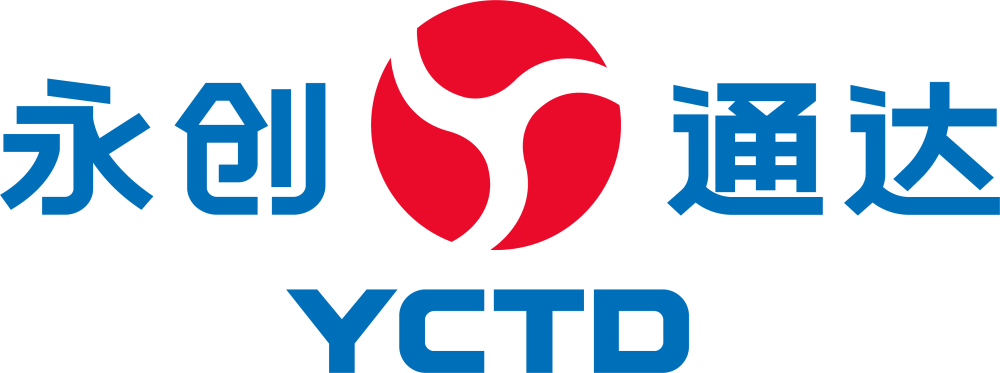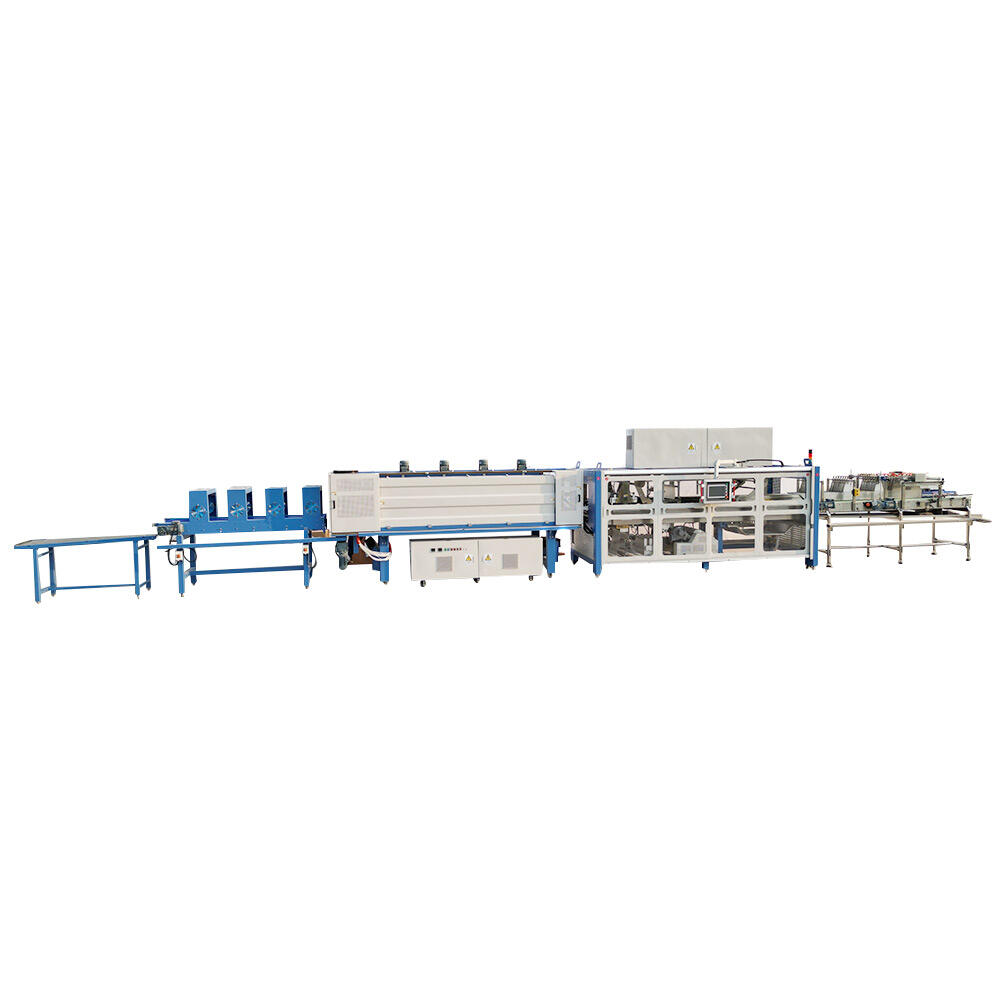Revolutionizing Production Efficiency Through Automated Packaging Solutions
In today's fast-paced manufacturing environment, efficiency and precision are paramount to success. A carton packaging machine stands at the forefront of modern packaging technology, offering manufacturers the ability to dramatically improve their production lines while maintaining consistent quality. These sophisticated systems have transformed the way businesses handle their packaging operations, from small-scale productions to large industrial applications.
The integration of automated packaging solutions has become increasingly crucial as companies seek to optimize their operations and meet growing market demands. A carton packaging machine not only accelerates the packaging process but also ensures precision and reliability that manual packaging simply cannot match. This comprehensive guide explores how these machines are reshaping packaging operations and delivering substantial benefits to businesses across various industries.
Core Components and Functionality of Modern Packaging Systems
Essential Mechanical Elements
The carton packaging machine comprises several sophisticated components working in harmony to deliver efficient packaging solutions. The feeding system precisely controls material flow, while the forming station shapes flat cardboard into ready-to-fill cartons. Advanced conveyor systems ensure smooth movement throughout the process, and precision folders create clean, professional closures.
Servo motors and electronic controls provide precise timing and movement coordination, enabling the machine to maintain consistent operation at high speeds. These components are engineered to work together seamlessly, minimizing downtime and maximizing productivity.
Control Systems and Automation Features
Modern carton packaging machine systems incorporate sophisticated control mechanisms that enable precise operation and monitoring. Touch-screen interfaces provide operators with real-time data and control options, while integrated sensors monitor various parameters to ensure optimal performance. Advanced programming capabilities allow for quick changeovers between different packaging formats and sizes.
The automation features extend to quality control systems that can detect and reject defective packages, ensuring only properly formed and sealed cartons reach the end of the line. These smart systems can also predict maintenance needs and alert operators to potential issues before they cause disruptions.
Operational Benefits and Production Advantages
Speed and Efficiency Improvements
A well-implemented carton packaging machine can dramatically increase production speeds compared to manual packaging methods. These systems can typically process hundreds of cartons per minute while maintaining consistent quality standards. The automated nature of the operation eliminates human error and fatigue factors, leading to more reliable output throughout extended production runs.
The efficiency gains extend beyond mere speed increases. Modern packaging systems reduce material waste through precise cutting and folding operations, while automated quality control ensures fewer rejected packages. This combination of benefits leads to significant cost savings and improved resource utilization.
Labor Optimization and Safety Enhancement
Implementing a carton packaging machine allows companies to optimize their workforce allocation. Rather than requiring multiple operators for manual packaging tasks, businesses can reassign staff to more valuable roles while the automated system handles repetitive packaging duties. This not only improves operational efficiency but also reduces the risk of repetitive strain injuries associated with manual packaging work.
The enhanced safety features of modern packaging systems protect operators through advanced guard systems, emergency stops, and careful design that minimizes the need for direct intervention during operation. This creates a safer working environment while maintaining high productivity levels.
Integration and Implementation Strategies
Planning and Assessment Procedures
Successfully integrating a carton packaging machine requires careful planning and assessment of existing operations. This includes evaluating current production volumes, anticipated growth, available floor space, and specific packaging requirements. A thorough analysis helps identify the most suitable machine configuration and ensures smooth implementation.
The assessment phase should also consider factors such as staff training needs, maintenance requirements, and potential impact on related production processes. This comprehensive approach helps minimize disruption during the transition and ensures maximum benefit from the new system.
Training and Maintenance Protocols
Proper training is essential for operators and maintenance personnel to maximize the benefits of a carton packaging machine. Comprehensive training programs should cover basic operation, troubleshooting procedures, and routine maintenance tasks. Regular refresher courses help maintain operational efficiency and prevent issues caused by improper machine handling.
Establishing clear maintenance protocols ensures the packaging system continues to perform optimally. This includes scheduled preventive maintenance, regular cleaning procedures, and proper documentation of all maintenance activities. Well-maintained equipment provides more reliable operation and a longer service life.
Future Trends and Technological Developments
Smart Manufacturing Integration
The evolution of carton packaging machine technology continues with increasing integration into smart manufacturing systems. Industry 4.0 principles are being incorporated through IoT sensors, real-time monitoring capabilities, and advanced data analytics. These features enable predictive maintenance, remote monitoring, and optimization of packaging operations based on actual performance data.
Future developments will likely include even greater automation capabilities, with artificial intelligence playing a larger role in optimizing machine settings and predicting maintenance needs. This ongoing evolution will further enhance the efficiency and reliability of packaging operations.
Sustainability and Environmental Considerations
Modern carton packaging machine systems are increasingly designed with sustainability in mind. This includes features that minimize material waste, reduce energy consumption, and support the use of eco-friendly packaging materials. Manufacturers are developing more efficient systems that maintain high productivity while reducing environmental impact.
The trend toward sustainable packaging solutions will continue to influence machine design and capabilities, with new features being developed to support environmentally responsible packaging operations. This includes support for recyclable materials and reduced energy consumption during operation.
Frequently Asked Questions
What maintenance schedule is recommended for a carton packaging machine?
Regular maintenance should be performed daily, weekly, and monthly, depending on the specific components. Daily checks include cleaning and basic inspections, while weekly maintenance might involve more detailed component checks. Monthly maintenance typically includes comprehensive system reviews and preventive maintenance tasks.
How long does it take to integrate a new packaging system into existing operations?
Integration timeframes typically range from several days to a few weeks, depending on the complexity of the system and the level of customization required. This includes installation, testing, and initial operator training. Proper planning can help minimize disruption to existing operations during the integration process.
What factors should be considered when selecting a carton packaging machine?
Key considerations include production volume requirements, available floor space, types of packaging materials to be used, desired speed and output rates, and budget constraints. Additional factors include maintenance requirements, operator training needs, and potential for future expansion or modification of the system.

